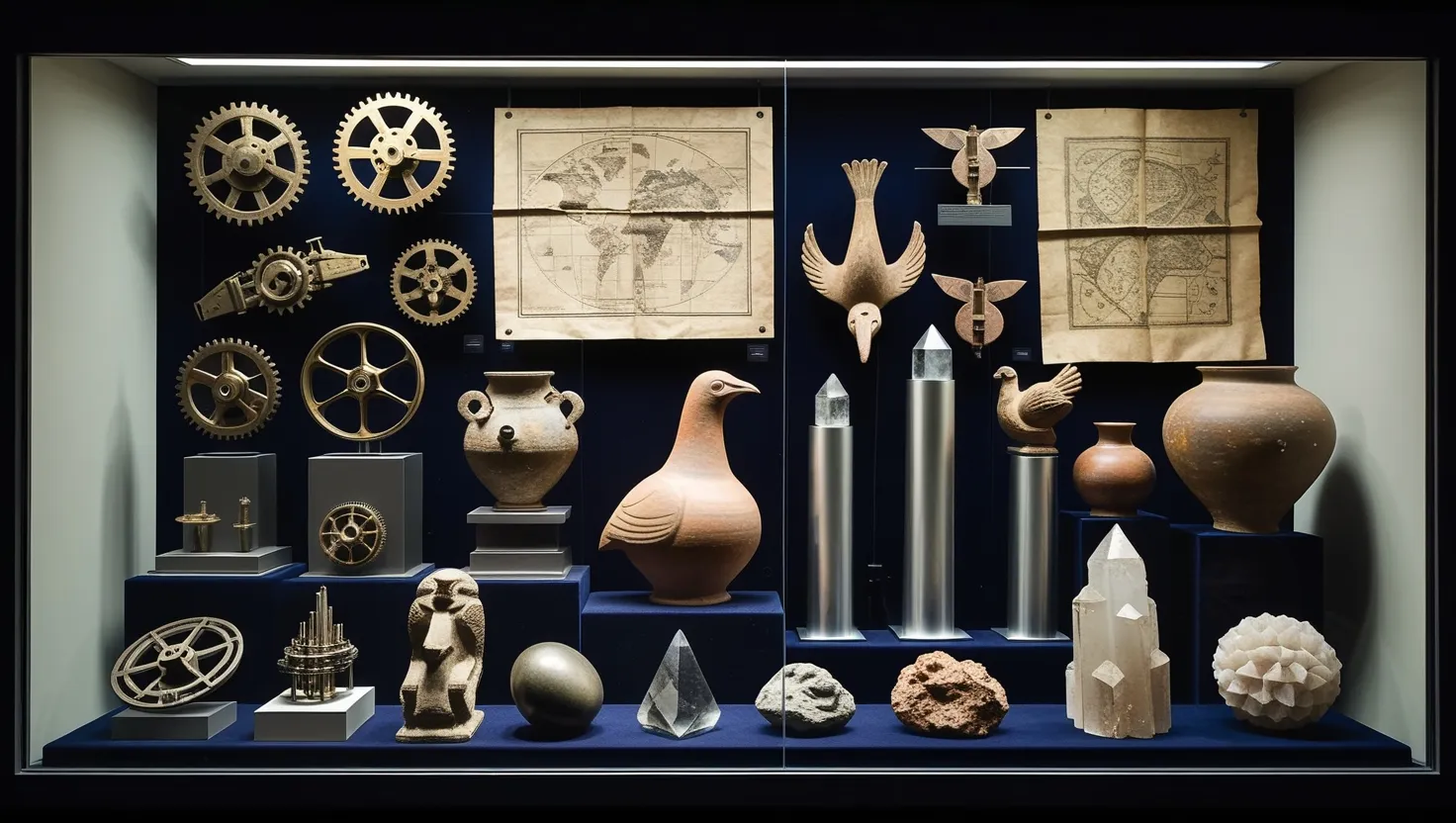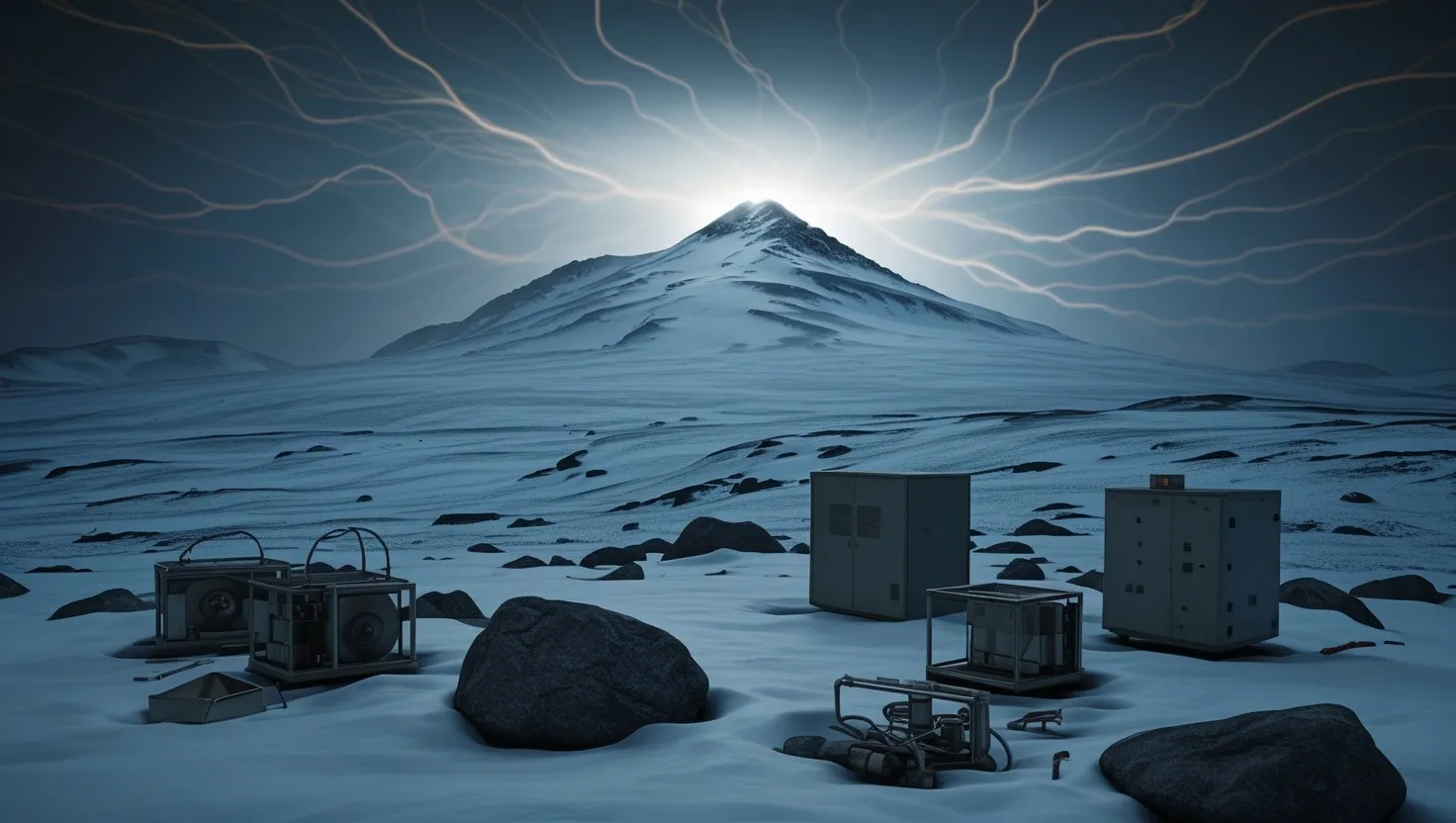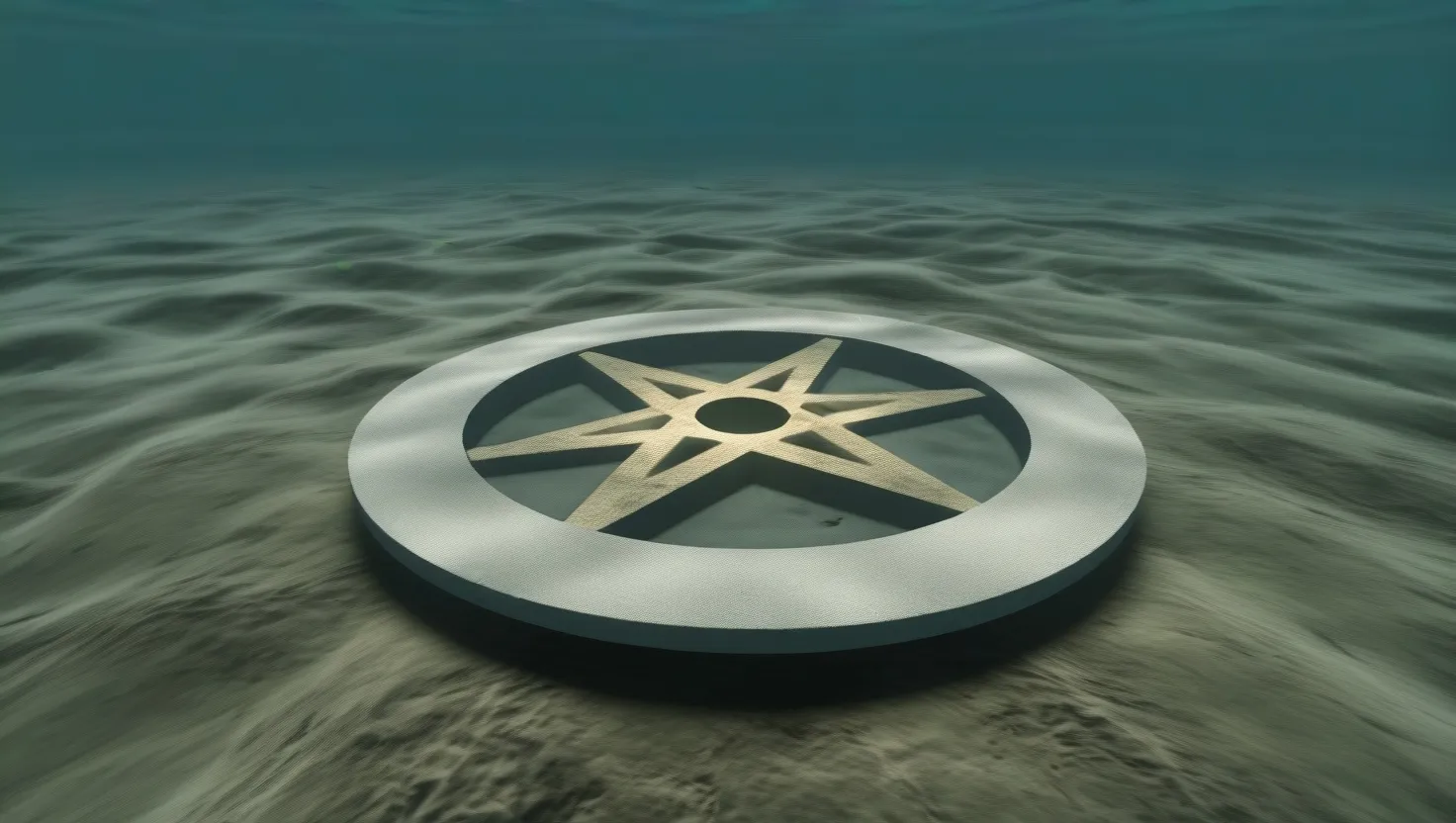Some stories in history read like science fiction, where the evidence is not a legend but a physical object placed right in front of us, quietly ignoring the rules we thought were set in stone. Ancient artifacts that seem too advanced for their time catch us off guard. They sit in museums or locked away in labs, waiting for someone to ask the simple question: “How did this get here?” Today, I want to walk with you through ten genuine artifacts that don’t fit into our neat timelines. Along the way, let’s challenge ourselves—what else don’t we know about the past, and how strange could history really be?
Take, for example, the Antikythera Mechanism. Discovered in a shipwreck near Greece in 1901, it was once a lump of corroded bronze. Its real secret was only revealed after decades of study and the advent of advanced imaging—inside, a system of interlocking gears and inscriptions. It’s essentially an analog computer, over 2,000 years old, that could model the cycles of the solar system. Try to imagine the leap it takes to go from simple sundials and water clocks to a device with such tiny, precise gear teeth that even Renaissance craftsmen would marvel at its complexity. Why did only one such mechanism survive? Could it be possible that Greek engineering was even more sophisticated than we realize, just waiting to be rediscovered?
“Any sufficiently advanced technology is indistinguishable from magic.” – Arthur C. Clarke
Not far from Greece, but in a different category altogether, we have the so-called Baghdad Battery. Clay jars with copper and iron inside, dating from around 250 BCE, show all the ingredients for generating an electric current. Even child scientists today can recreate it with vinegar and get a faint buzz from a voltmeter. The big question is: what did this current actually power? The potential applications range from simple electroplating—coating objects with a thin metal layer—to healing rituals or magical displays. Although there’s skepticism and much debate, the existence of electrical output from a 2,000-year-old object is a puzzle that’s never been decisively solved.
And then there’s the Saqqara Bird, an Egyptian wooden model that looks almost playful at first. Carved nearly 2,200 years ago, its precise aerodynamic shape stands out. Its tail rises like a modern airplane’s vertical stabilizer, and its wings are cambered. When researchers tested replicas in wind tunnels, these models demonstrated lift and stability, like a glider. Could it be a toy? A model for spiritual journeys? Or did the ancient Egyptians study birds so closely that they captured the principles of flight centuries before Leonardo da Vinci’s sketches even appeared? Even today, its design seems oddly modern.
“History is a vast early warning system.” – Norman Cousins
Now, let’s head to the study of maps. The Piri Reis Map, made by a Turkish admiral in 1513, is drawn on gazelle skin. Its most curious feature is the detailed coastline of South America, and more controversially, what appears to be part of Antarctica without ice—as it looked thousands of years ago. Antarctica’s subglacial land contours weren’t mapped until the satellite age. How could a 16th-century cartographer, with only ancient sources at his disposal, know details that defy the supposed reach of ancient sailors? Do we underestimate how well our ancestors could navigate and record the world?
“Maps are the places where memories go not to die, but to live forever.” – Mark Jenkins
Some artifacts bring us face to face with impossibility. The Coso Artifact is a spark plug, plain and simple—except for the fact that it was found encased in a geode, a mass of rock that geological dating suggests formed hundreds of thousands of years ago. X-rays show a ceramic core and intricate metallic structure, much like twentieth-century technology. How could a modern object be embedded in ancient rock? Some argue it’s an error in dating, others suspect an elaborate hoax, but nobody has produced a convincing explanation. It lingers as a reminder that not every mystery is meant to be solved right away.
Next, the Delhi Iron Pillar stands in India, a silent challenge to metallurgists everywhere. Erected about 1,600 years ago, the pillar’s resistance to rust in the humid climate, despite being almost pure iron, still baffles experts. Modern attempts to replicate the pillar’s alloy—a unique mix of high phosphorus but minimal sulfur—can’t produce the same level of corrosion resistance. Did ancient Indian smiths understand something about chemistry that’s lost to us now? Or was it the result of a happy accident never fully recorded?
“Science is the great antidote to the poison of enthusiasm and superstition.” – Adam Smith
If you’re intrigued by unsolved codes, the Voynich Manuscript is next on our path. This book, written some 600 years ago, is filled with script nobody has ever cracked. The illustrations are equally cryptic—plants not found in any other record, diagrams that look suspiciously like fluid dynamics models, and patterns that eerily echo quantum-level mathematics. Analysts have confirmed the ink and parchment are authentic to the late Middle Ages. Theories range from elaborate hoax to lost knowledge, but the manuscript still keeps its story to itself.
In the Nazca Desert, spiral-shaped wells called puquios once served as the backbone of survival in an arid world. These spiral ramps, built about 1,500 years ago, allowed people to draw water from deep underground, using air movement and precise hydraulic resonance to boost the flow. Engineers today say the design offers almost perfect efficiency. But the methods used to build, maintain, and even conceptualize such a system—on such a large scale and with such precision tools—remains a technical marvel. Could contemporary society thrive with so little, if survival depended on ingenious water management?
“In questions of science, the authority of a thousand is not worth the humble reasoning of a single individual.” – Galileo Galilei
Let’s pick up the Aiud Wedge, found in Romania. It’s a chunk of aluminum alloy, dug from a site where the other objects date back to the Pleistocene, at least 20,000 years ago—long before aluminum could be refined by humans. The wedge was analyzed and found to contain traces of rare metals, similar to those used in aerospace manufacturing. If it’s modern, why does it look aged and corroded in a way that matches the ancient bones and stones around it? If it’s ancient, how on earth could anyone have refined aluminum with such precision, centuries before electricity made it possible?
Finally, picture the lush jungles of Costa Rica. Scattered across the landscape are giant granite spheres, some as wide as two meters and weighing 16 tons. Carved with near-perfect symmetry at least 1,400 years ago, their surfaces are polished more smoothly than modern machines can easily manage. There’s no sign of mistakes, no half-finished attempts. How were they moved, possibly miles from the nearest stone source? What did they mean to the people who made them? Some guess navigation, others rituals, some simply marvel at the achievement.
“Who controls the past controls the future. Who controls the present controls the past.” – George Orwell
Each of these artifacts pulls at the edges of what we think we know about technology, progress, and the boundaries of human ingenuity. When I consider them, I find myself asking: are these isolated flukes, or hints that our ancestors had access to knowledge now forgotten? Could some innovations have appeared, flourished, and vanished—leaving only scraps for us to puzzle over?
If you held the Antikythera Mechanism or walked under the shadow of the Delhi Pillar, would you see the past differently? What if the next mysterious artifact changes everything we know about ancient science? The real lesson here is to keep our sense of wonder intact. The past may not always fit our expectations, and that’s not a problem to solve, but a gift to consider.
So next time you stroll through a museum, or read a line about an impossible object dug up from the earth, ask yourself: what other extraordinary stories are lying just beneath the surface, waiting for us to notice?






